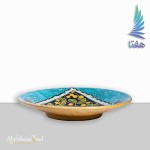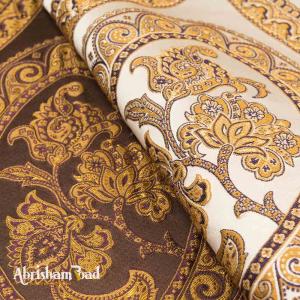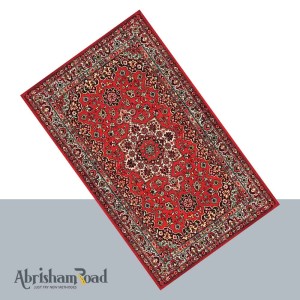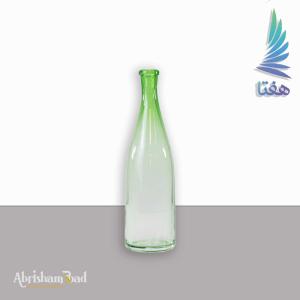Enamel Plate Iranian Ready For export in worldwide
- Iranian enamel plates, ready for export, feature luxury designs admired worldwide.
- Offered at corporate prices, these high-quality plates are meticulously handcrafted.
- The intricate designs are achieved through firing in a kiln at high temperatures, typically between 750 to 850 degrees Celsius (1382 to 1562 degrees Fahrenheit).
- This process ensures a smooth, glossy finish and vibrant colors, making them perfect for both decorative and functional use.
Introduction
Iranian enamel plates, known for their exquisite craftsmanship and vibrant designs, are now ready for export to global markets. These plates, crafted using the traditional art of Minakari, or Persian vitreous enamel, embody the rich cultural heritage and artistic excellence of Iran. Iran stands as a leading supplier of these beautifully adorned enamel plates, offering a blend of ancient artistry and modern quality standards.
Each plate is meticulously handcrafted by skilled artisans, ensuring a unique and high-quality product. With their intricate patterns and radiant colors, Iranian enamel plates are perfect for both decorative and functional use. Whether for collectors, home decor enthusiasts, or culinary presentations, these plates are now available for export everywhere, promising to bring a touch of Persian elegance to tables around the world.
History and Origins:
The art of Persian vitreous enamel, known as Minakari, dates back thousands of years to the Achaemenid Empire, making it one of the oldest forms of decorative art in the region. The term "Minakari" is derived from the Persian word "Minoo," meaning heaven or paradise, signifying the heavenly beauty embodied in this art form.
Technique and Process:
Minakari involves several intricate steps. Initially, metal surfaces such as copper, silver, or gold are shaped into the desired forms, including jewelry, tiles, or decorative objects. The metal is then meticulously cleaned to ensure proper adhesion of the glass enamel. Skilled artisans apply various colored powdered glass to the metal using specialized brushes or spouts.
Each color is applied separately with utmost precision, as the final result depends on the careful layering of different hues. The piece is then fired in a kiln at high temperatures, typically between 750 to 850 degrees Celsius (1382 to 1562 degrees Fahrenheit). During the firing process, the powdered glass melts and fuses with the metal, creating a smooth, glossy, and vibrant surface. This process may need to be repeated multiple times to achieve the desired effect and color intensity.
Design and Patterns:
Persian vitreous enamel is renowned for its intricate designs. Traditional Minakari patterns often feature floral motifs, geometric shapes, and calligraphy, reflecting the rich artistic heritage of Persian culture. The use of bright and contrasting colors enhances the visual appeal of the enamel work, making each piece a unique masterpiece.
Applications and Artistry:
Minakari is a versatile art form, expressed in various objects and items. Ornate jewelry pieces such as bracelets, necklaces, and earrings often showcase the beauty of Minakari. Additionally, decorative tiles and plates adorned with Minakari designs are used in architectural elements like walls and ceilings, adding a touch of opulence to palaces and religious buildings.
Cultural Significance: Minakari holds immense cultural significance in Persian art and craftsmanship. It symbolizes the exquisite creativity and attention to detail inherent in Persian culture. This craft has been passed down through generations, with artisans continuing to practice and preserve this precious heritage.
Conclusion:
Persian vitreous enamel, or Minakari, is a testament to the artistic excellence of ancient Persia. Its timeless beauty, intricate patterns, and vibrant colors have made it an enduring symbol of Persian culture. As a cherished art form, Minakari continues to inspire awe and admiration, ensuring that its rich legacy will endure for generations to come.
Add your review
Your email address will not be published. Required fields are marked *
Please login to write review!
Looks like there are no reviews yet.

by Abrisham Road
Inspection group .co

Hafta House
- Store rating
4.5
- Staff
40
- Offers
> 100
- Products
8










